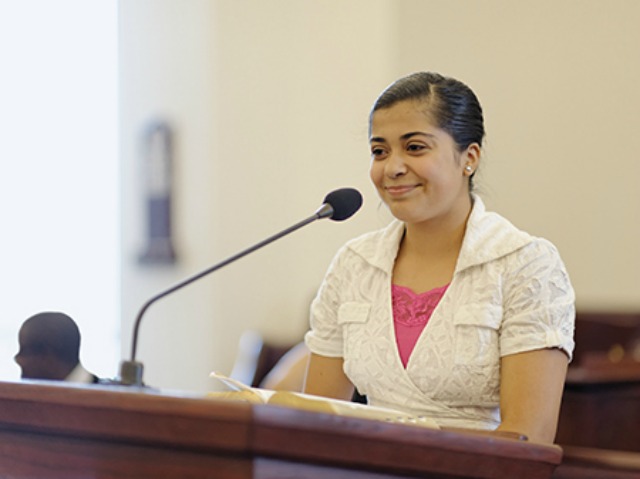Question
Hello Gramps,
Is it possible for deaf and mute people to baptize someone?
Dean
Answer
Dear Dean,
The proper mode of baptism in The Church of Jesus Christ of Latter-day Saints is revealed in D&C 20:71-71 and further clarified in the Handbook of Instruction (20.3.8).
Under the direction of the presiding authority, a priest or Melchizedek Priesthood holder may perform the ordinance of baptism. To do so, he:
1. Stands in the water with the person to be baptized.
2. Holds the person’s right wrist with his left hand (for convenience and safety); the person who is being baptized holds the priesthood holder’s left wrist with his or her left hand.
3. Raises his right arm to the square.
4. States the person’s full name and says, “Having been commissioned of Jesus Christ, I baptize you in the name of the Father, and of the Son, and of the Holy Ghost. Amen” (Doctrine and Covenants 20:73).
5. Has the person hold his or her nose with the right hand (for convenience); then the priesthood holder places his right hand high on the person’s back and immerses the person completely, including the person’s clothing.
6. Helps the person come up out of the water.
There is nothing in these steps that would prevent a deaf person from performing the ordinance. The only thing he should be especially mindful of is that he makes eye contact with the witnesses (since they can’t call out for him to return once he turns to leave the font) to confirm that the ordinance was performed correctly. This should not be burdensome to those involved since I often see that information silently conveyed with a nod or thumbs up.
The challenge in the sort of scenario you present is that a mute, or a person who can’t speak, cannot perform step 4. A Deaf person with his knowledge of American Sign Language (or the local equivalent) could recite the prayer but the physical nature of communication would interfere with step 3. If there is an acceptable way for a baptism to be performed in ASL, that information is in the hands of the bishop. Handbook 2 (20.1.5) states “Guidelines for translating ordinances and blessings are provided in Handbook 1, 16.1.2.”
If you or a friend are in this circumstance, ask your bishop and he can guide you.
Gramps






